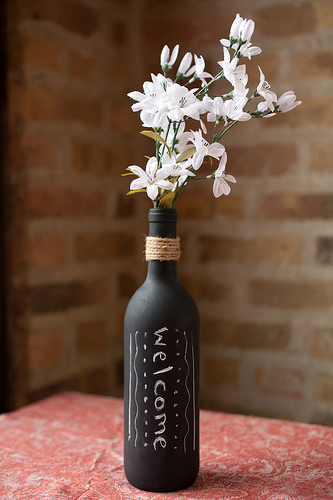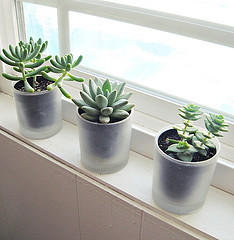Want to start antiquing but not sure how or where to begin? Learn what to look for, how to maximize your budget, and more with these helpful tips.
- Know the lingo. Did you know that by law, an item must be more than 100 years old in order to be called an antique? If a store labels an item “vintage,” “collectible,” or “antique reproduction,” it’s not a true antique.
- Get a price guide. If you’re shopping for very specific items, consult a price guide before setting out to the store to ensure that you don’t overpay for your antique treasure. These even take specific variables into consideration, such as the part of the country and the condition of the piece.
- Ask questions. If you’re still not sure about an item, ask the store owner about how he or she determined its authenticity, if the store carries reproductions, and how long they have been an antique dealer.
- Make sure it works in your home. Even if you find a real gem for a great price, it’s not worth much to you if it doesn’t work in your home. Be smart about the size of the antique and how much use you’ll get from it.
Shopping for Antiques [Federal Trade Commission]
A Beginner's Mini Guide to Buying Antiques [Houzz]
Secrets for Finding Bargain Antiques [About Home]






 Equal Housing Opportunity
Equal Housing Opportunity